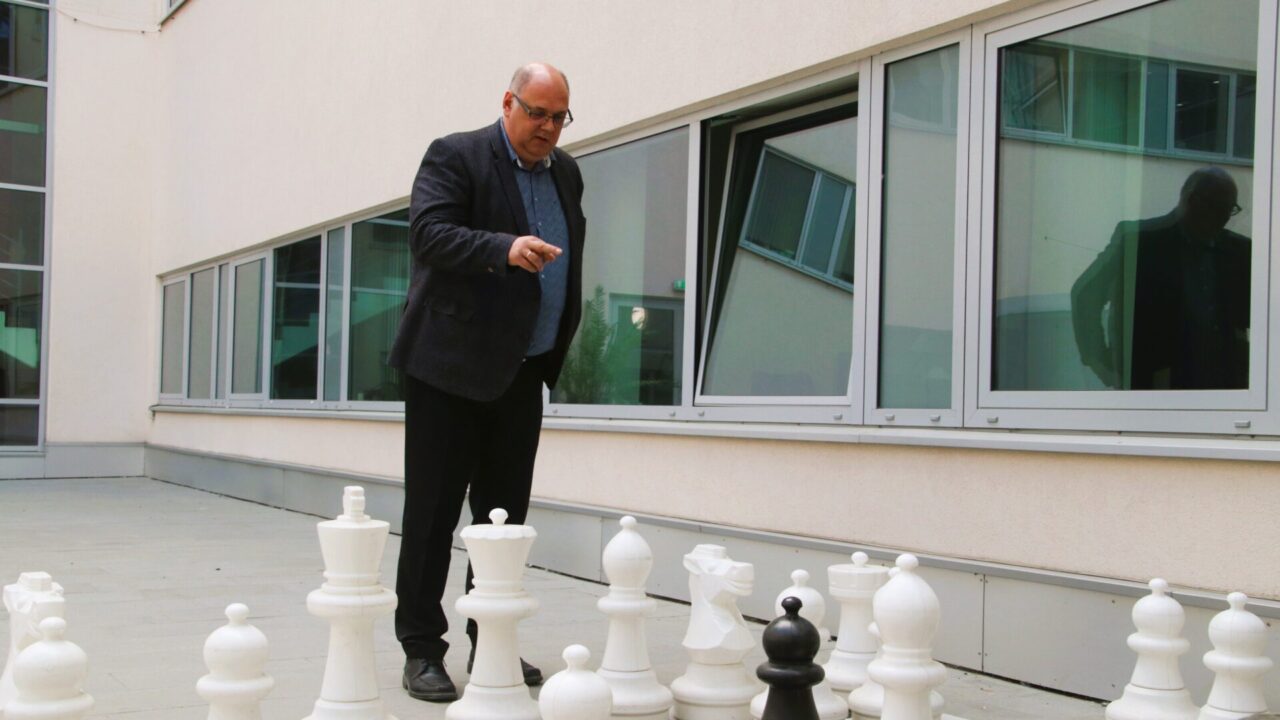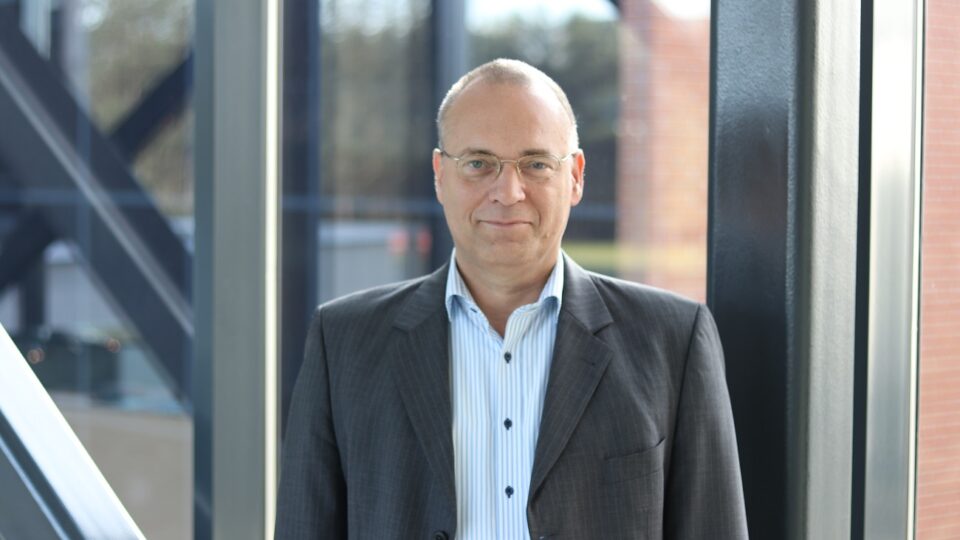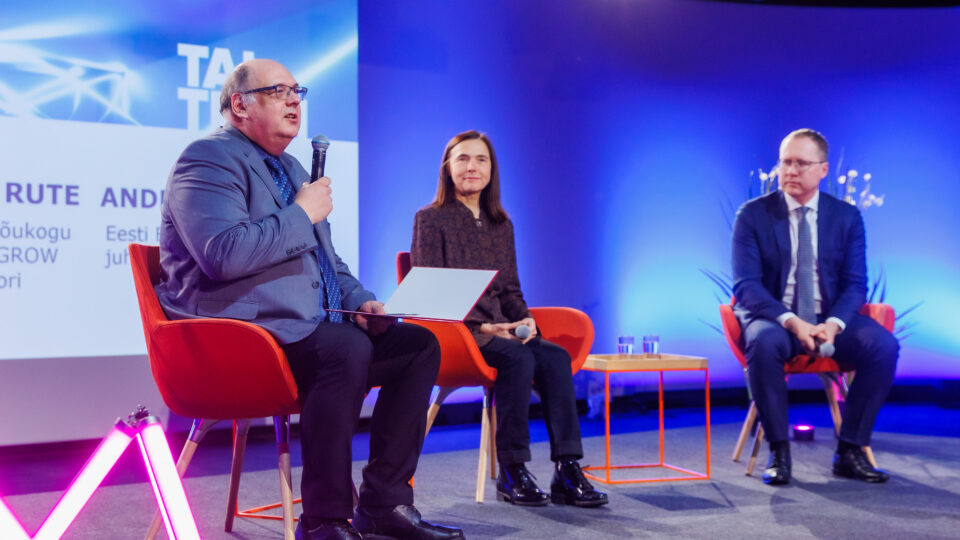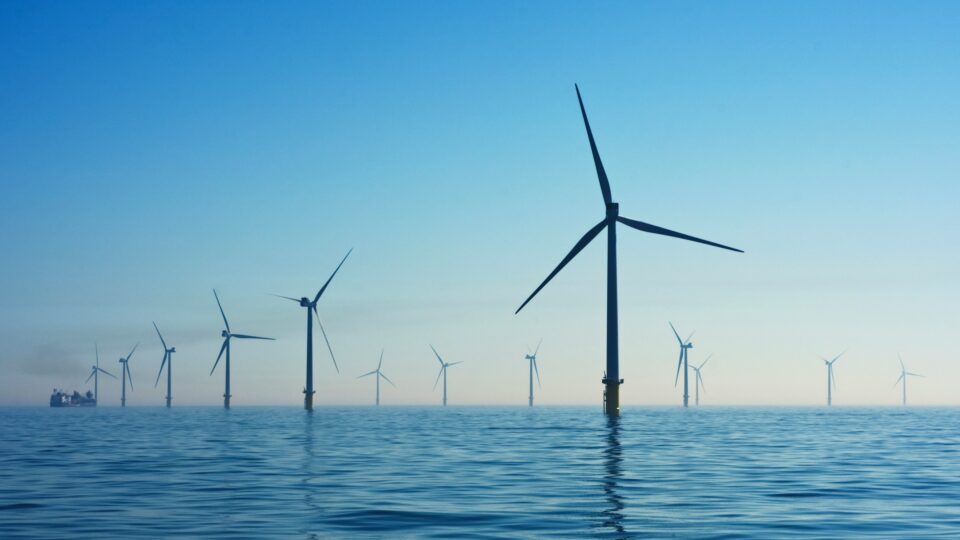Let’s cut to the chase: is a new Phosphorite War on the horizon?
A war is an organized conflict between states, nations, or other groups, intended to forcefully impose one side’s will, interests, or ideology on the other. When the original Phosphorite War began in Estonia 37 years ago, the enemy was clear: it was the Central Committee of the Communist Party of the Soviet Union, with its plan to send tens of thousands of foreign workers to Estonia to mine phosphate rock at the Toolse deposit.
Environmental protests transformed into a national fight for freedom, and the unthinkable happened – Estonia regained its independence. But in today’s free Estonia, who would be fighting whom? Who are the parties supposedly trying to force their interests on others? It’s true that there are differing views and interests when it comes to phosphate mining, but these must be resolved through democratic decision-making processes. So no, we cannot speak of a war.
To understand the context of the original Phosphorite War, we need to take a step back in time – a time unfamiliar to the younger generation. Phosphate rock was mined in Ülgase already between 1920 and 1938, albeit on a small scale. The mining pits carved into the limestone cliffs are still visible today. From 1940 to 1965, the Maardu phosphate mine was operational, followed by the Maardu open-pit mine from 1954 to 1991.
It was in the Maardu mine that environmental problems emerged which couldn’t be resolved at the time: the spoil heaps containing dictyonema shale – more accurately, graptolite argillite – caught fire, releasing air pollutants. This became one of the major arguments against opening the Toolse mine. Even more significant was the projected drop in groundwater levels, particularly if mining had extended to the Rakvere phosphate deposit. There were also concerns about phosphorus compounds leaching into the sea and causing eutrophication.
What we are likely to see is a kind of “civil war” in the softer sense of the term: as usual, different political parties will take opposing stances. I also suspect a recurring pattern – many of those who oppose a nuclear power plant in Estonia are also likely to oppose phosphate mining. These patterns deserve careful examination and analysis. The key will be to take into account the interests of local communities.
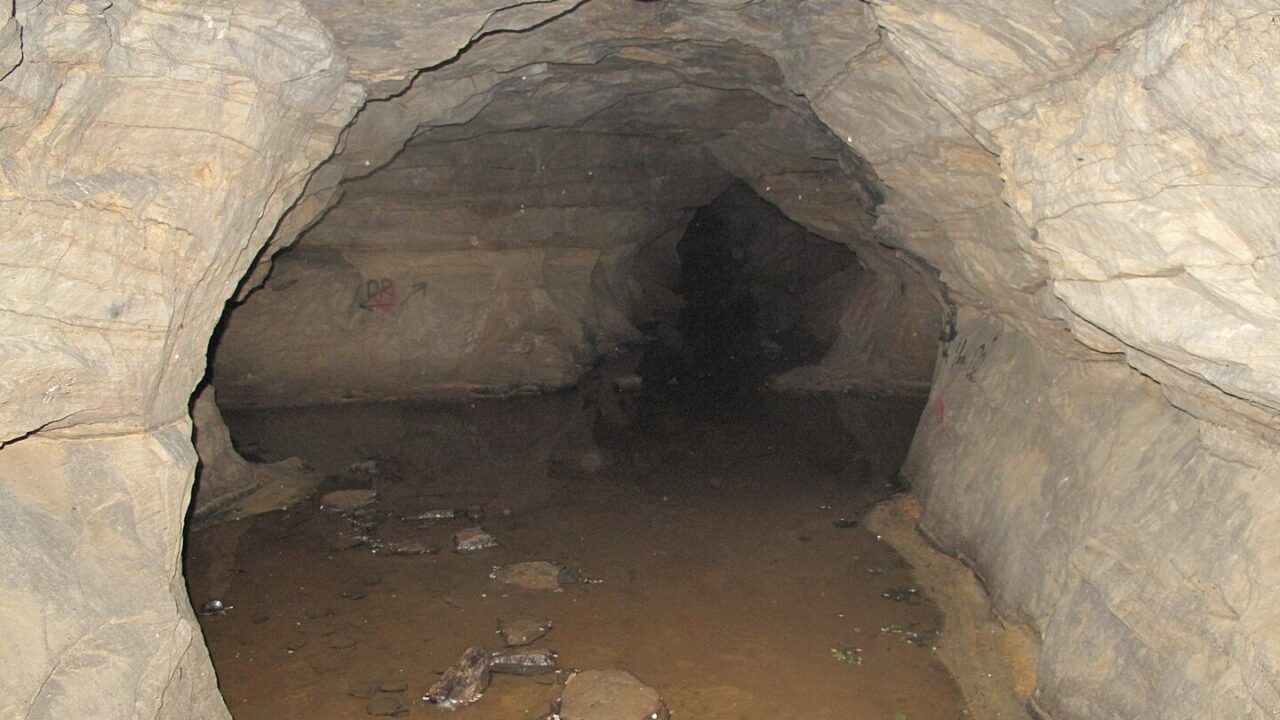
Former tunnels of the Ülgase phosphorite mine | Photo: Wikipedia/Public Domain
But wouldn’t the same environmental issues that sparked protests in the past still arise with phosphate mining today?
Over the past 30 years, scientific research and development have significantly advanced our understanding of the potential environmental impacts of phosphate mining. In that sense, we are much wiser today. For example, in the case of the Toolse deposit – where a self-igniting layer of graptolite argillite lies above the phosphate layer – we now understand precisely why ignition may occur and how to handle argillite to prevent it.
This was also the focus of my own doctoral research at the Royal Institute of Technology in Stockholm. Together with engineer Peeter Talviste, we applied these insights more than 20 years ago while developing the concept for the Jõelähtme landfill on the former Maardu mine site. The argillite has not caught fire at any point during this time, proving that spontaneous combustion can be avoided through a scientific approach. Nevertheless, some still claim the issue hasn’t been resolved. It has – the solutions exist.
There is also no proven evidence that mining would lead to a large-scale release of phosphorus compounds into the sea. In its raw form, phosphate rock dissolves very poorly in water.
However, one serious issue remains – the impact of mining on different groundwater layers. Even here, science has made significant progress. From 2016 to 2018, I served as the lead coordinator of an Environmental Investment Centre-funded project titled “Environmental impacts of potential mining of mineral resources in Virumaa on groundwater and surface water.”
Thanks to this project, the Estonian Geological Survey now has a comprehensive hydrogeological model of the entire Virumaa region, along with the expertise to predict the effects of mining on groundwater. In summary, mining at the Rakvere deposit would have a very large impact on groundwater, while mining at the Toolse site would clearly affect the Ordovician–Cambrian and Ordovician aquifers.
However, one serious issue remains – the impact of mining on different groundwater layers.
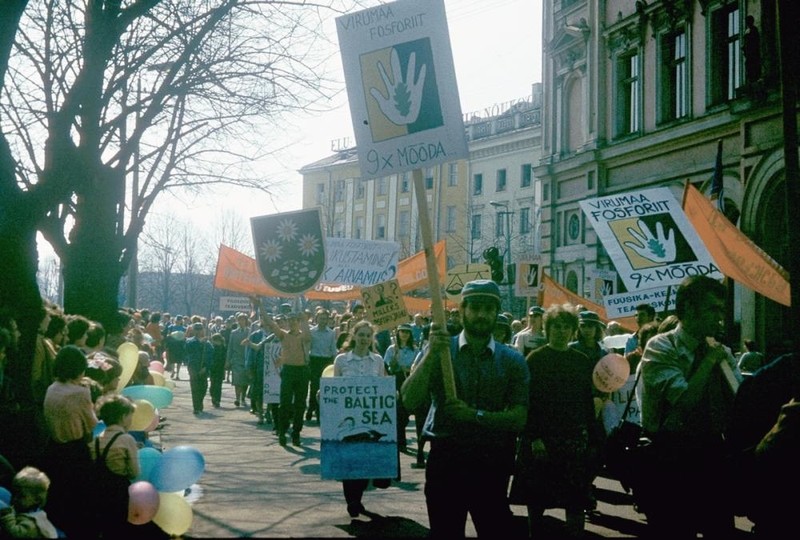
Protest against phosphorite mining in Tartu, 1987 | Photo: Kristel Vilbaste
We all know the NIMBY syndrome – is it insurmountable in Estonia?
People affected by the NIMBY syndrome (Not In My Back Yard) are often spoken of in a dismissive tone. That is a major mistake. People should not be ridiculed for wanting to preserve their quality of life and property value. When the Three Gorges Dam was built on the Yangtze River in China, 1.24 million people were relocated. Meanwhile in Kiruna, Sweden, locals agreed to move part of their town so that iron mining could continue – because the choice was between losing jobs and watching the town fade away, or relocating.
Every municipality, every person can take a piece of paper, divide it into two columns, and write down what might get worse due to mining, and what might get better. If the state and companies can demonstrate and guarantee that the positive outweighs the negative, there is a chance to overcome the NIMBY syndrome.
But protests can also attract people who aren’t affected by the mine at all.
In Estonia, the word phosphorite is so emotionally charged that I know many people who automatically get irritated when they hear it mentioned alongside the word mine. What follows are often slogans and catchphrases – which, as far as I know, no one has seriously analyzed to this day.
I’m not a social scientist, but I’ve tried to address this issue in my environmental geology lectures. For example, one argument is that profits go into the hands of business owners while the public faces a fate similar to that of Nauru. But it’s entirely possible to calculate and clearly show how much benefit the public as a whole would receive. And we can also ask: why cite Nauru – why not Norway?
Again, we should look at what’s happening in the world with a wide lens. For example, in recent years protests in Serbia derailed plans for lithium mining – a resource critical for energy storage solutions. The planned mine area was purchased by the British-Australian mining company Rio Tinto after the deposit’s discovery in 2004, and the investment was set to be €2.12 billion. Foreign investment is important, but when it brings noticeable environmental impacts to a region, locals understandably start to feel that someone foreign is selling off our national wealth, polluting our air and water – and what do we get in return?
Why Nauru – why not Norway?
This is the core question we need to answer: what benefit will the local resident, the municipality, and Estonian society as a whole receive?
And secondly: how can we minimize environmental harm and ensure high-quality drinking water for those whose water supply may be at risk?
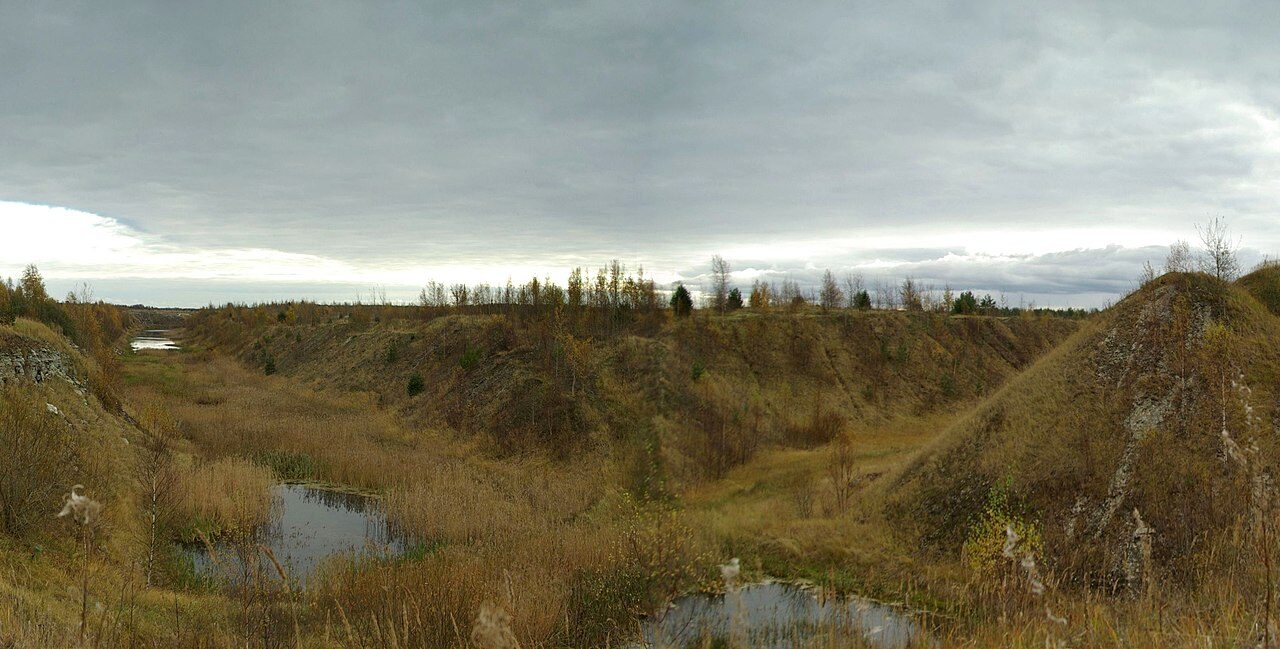
Landscape at the site of the former Ülgase phosphorite mine | Photo: Ilme Parik (CC BY-SA 3.0 DEED license)
Some say Rail Baltic is just for exporting phosphorite.
That brings us to the next topic. It would be utterly foolish to export raw phosphorite. The idea of mining phosphorite must be accompanied by the idea of processing it locally, so that the added value created rises dramatically.
In addition to fertilizer production, researchers are also exploring the use of phosphorus compounds in energy storage technologies and the potential to extract rare earth elements from phosphorite. We need to talk about high value-added production and the opportunities it presents.
But is Estonian phosphorite really valuable enough for the state to earn reliable income from it?
The global market price for phosphorite concentrate can fluctuate significantly. The largest current producers are China, Morocco, the USA, Russia, and Jordan. Morocco’s reserves are so vast that, at the current global extraction rate, the top five countries could maintain supply for another 300 years. Moreover, Morocco and Western Sahara mine phosphorite in desert regions, where there are no issues with groundwater, rare species, or disruption to human settlements.
In a global competition context, exporting raw phosphorite would again be a poor decision. If we are able to produce high value-added products – including those based on the rare earth elements found in phosphorite – then the revenue potential is much higher.
It would be utterly foolish to export raw phosphorite. The idea of mining phosphorite must be accompanied by the idea of processing it locally, so that the added value created rises dramatically.
Unfortunately, we must acknowledge that the future of the world will be marked by competition for access to natural resources, including minerals and phosphorite. Alongside energy security, more and more attention is being paid to the security and reliability of all natural resource supplies. Phosphorite is one of Estonia’s national resources, but its potential use must be planned with great care. Rushing the process – especially without considering the legitimate interests of local communities – may not lead to success. The previously mentioned case of lithium mining in Serbia is a clear example of that.
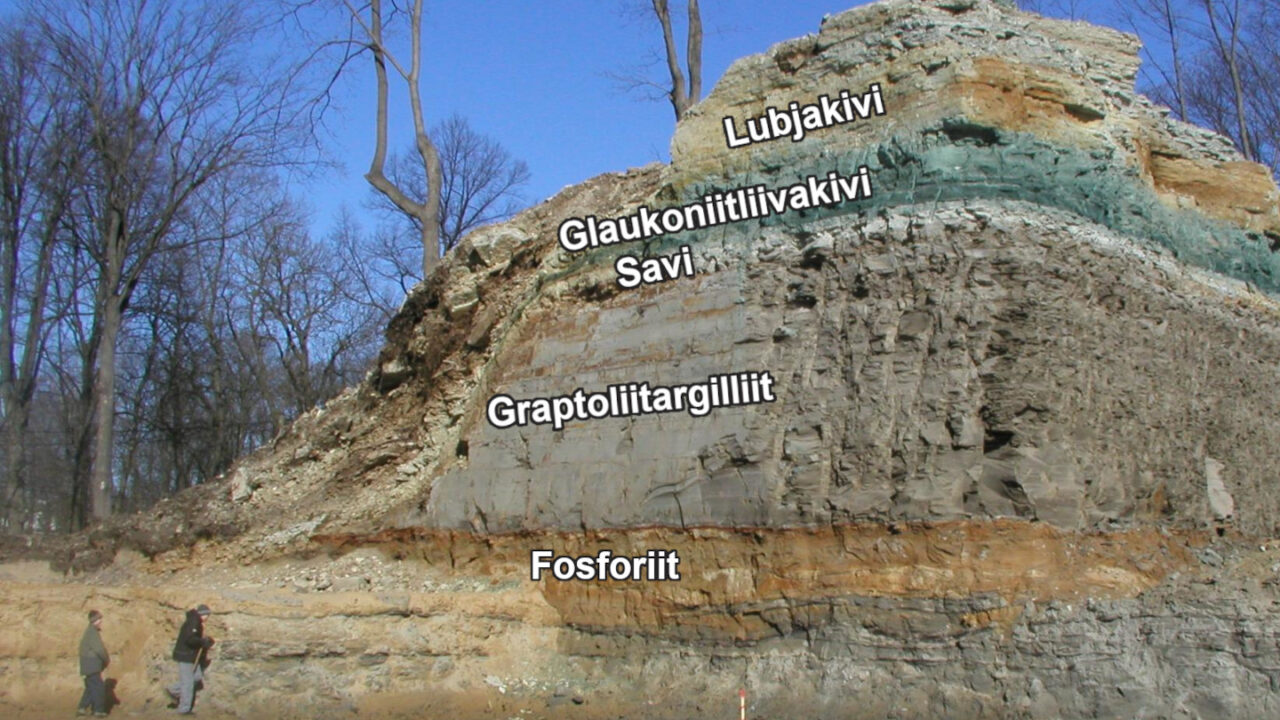
Layer of phosphorite in Estonian bedrock | Photo: Geological Survey of Estonia
So, in summary – what’s your view? Will phosphate mining begin in Estonia, and if so, when?
I remain calm and look at the timeline. Just a few years ago, you couldn’t even say “phosphorite” on national television – geologists used the euphemism “shell sandstone”. Back then, people also believed that drilling research boreholes would disrupt groundwater layers and cause irreversible damage – another misconception rooted in decades-old examples of careless exploration work.
The main question we need to answer is: what benefit will local residents, municipalities, and Estonian society as a whole receive?
Secondly: how can we minimize environmental harm and ensure high-quality drinking water for those whose water supply may be at risk?
Whoever takes the lead on this issue – who speaks to the public and moves the discussion forward – must not get caught up in emotion. They must rely on scientific reasoning, consider international best practices, listen to and respond to differing opinions without disparagement, and above all, respect the interests of local communities. If authorities act strictly “according to the law” and at some point present local residents with a finished plan – resistance is inevitable.
Against this backdrop, the exact year when something might begin really doesn’t matter. If done wrong, the answer is: never.

